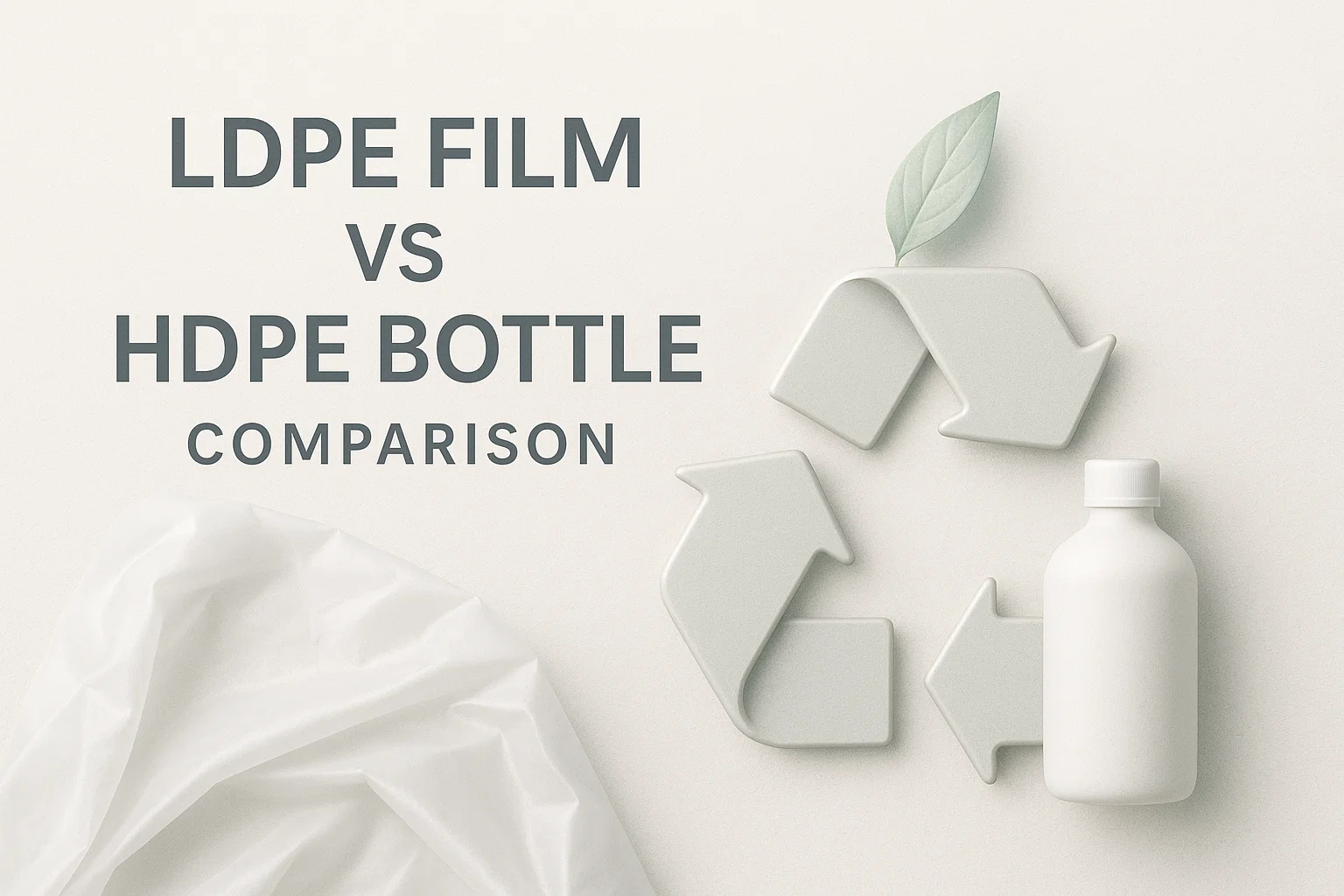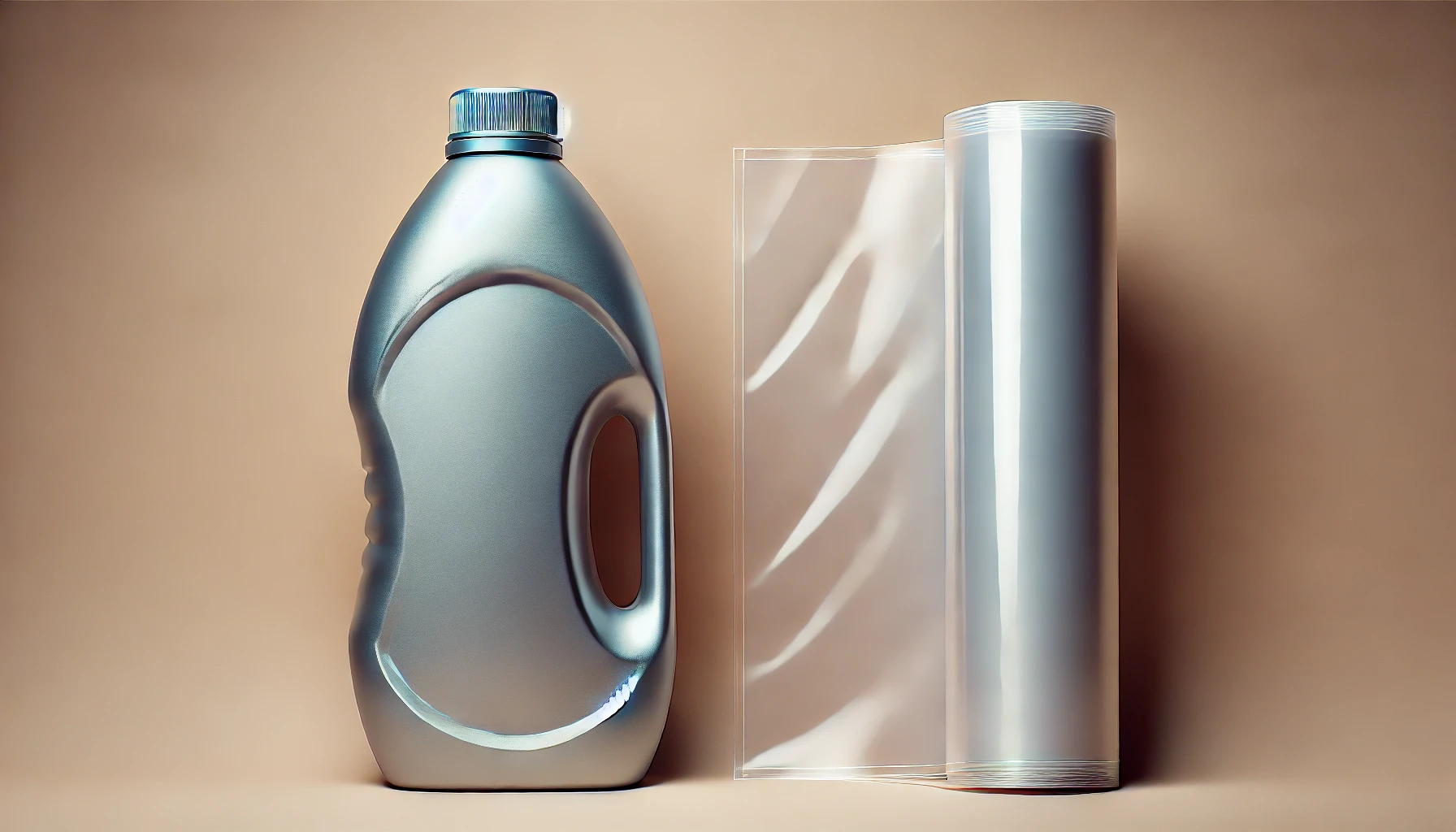LDPE vs. HDPE: 5 Key Similarities and Differences — Energycle Machine

%% LDPE vs HDPE Polietilen niske gustoće (LDPE) i Polietilen visoke gustoće (HDPE) %%
[1]lies at the core of many choices for professionals and buyers in the plastics and recycling sectors. Grasping the fundamental distinctions and commonalities between
%% LDPE i HDPE is crucial for selecting the appropriate material for each application. This guide provides clarity and practical insights to assist you in selecting, processing, and recycling polyethylene effectively — all based on current industry research and standards.
%%
What Is Polyethylene? LDPE and HDPE Basics
%%
Polyethylene is a versatile thermoplastic polymer created through ethylene polymerization. The two primary types —
%%
[1]— are found in everything from packaging films to construction pipes. Their unique physical and chemical characteristics determine how they are sourced, utilized, and recycled.
%%
Shared Strengths: Similarities Between LDPE & HDPE
Both LDPE and HDPE are resistant to acids, bases, and solvents, making them ideal for chemical containers and food packaging.
%%
[1]2. Safety for Food Contact
%%
LDPE and HDPE are approved for direct contact with food, supporting packaging, bottles, and consumer goods. %%
3. Durability %%
%%
HDPE 4. Recyclability LDPE %%
Both resin types are recyclable, although
LDPE %% HDPE the recycling processes vary
%%
. Dedicated recycling lines can manage films, bottles, and rigid products.
%%
5. Versatility HDPE recikliranje %%
From shrink wrap and grocery bags to industrial containers, both LDPE and HDPE are adaptable to a wide array of product applications.
%% Crucial Differences: LDPE vs HDPE oprema za recikliranje plastike %%
- 1. Density & Strength %%
- LDPE: %%
- Has a lower density (0.910–0.940 g/cm³), is flexible, and is commonly used for films and bags. %%
HDPE: %% Features a higher density (0.941–0.965 g/cm³), is rigid and strong, and is favored for containers, pipes, and large components.
%%
2. Temperature Resistance
- %%
- can withstand higher temperatures (up to 120°C), making it suitable for hot-fill packaging and drainage pipes.
- %%
- has moderate heat resistance, ideal for cold and room-temperature storage.
- %%
3. Transparency
- %%
- is nearly transparent, making it appropriate for packaging where product visibility is important.
- %%
is typically opaque, supporting building materials and industrial uses.
- %%
- Exceptional chemical resistance
- Vast array of recycling programs
- Ideal for high-temperature applications
HDPE Cons
- Opaque
- More rigid; prone to cracking under stress
- May require higher energy for manufacturing
Decision Guide: Choosing LDPE or HDPE for Your Project
- Seeking flexibility and clarity? Select LDPE for films, bags, and flexible sheets.
- In need of high strength or heat resistance? Go for HDPE in bottles, containers, piping, and outdoor structures.
- Aiming for recyclability? Both are recyclable, but HDPE is more commonly collected. Investigate dedicated LDPE recycling lines for film waste.
- Focusing on environmental objectives? Explore recycled-content options and inquire about closed-loop systems.
Consult Energycle’s machine portfolio for customized solutions or contact us for guidance on bespoke recycling setups.
Expert Insights & Industry Resources
For comprehensive standards, processing parameters, and current recycling statistics, refer to:
These resources provide guidelines on food safety, recycling protocols, and performance specifications for LDPE and HDPE in North America and worldwide.Sažetak
For buyers and professionals in the plastics and recycling sectors, understanding %% facilitates improved sourcing, application design, and sustainability choices. Both materials offer superior performance — careful selection ensures products meet regulatory standards, cost and recyclability requirements, and end-user expectations. If contemplating equipment upgrades or new recycling lines, explore Energycle Machine’s solutions or visit the website for more information.



